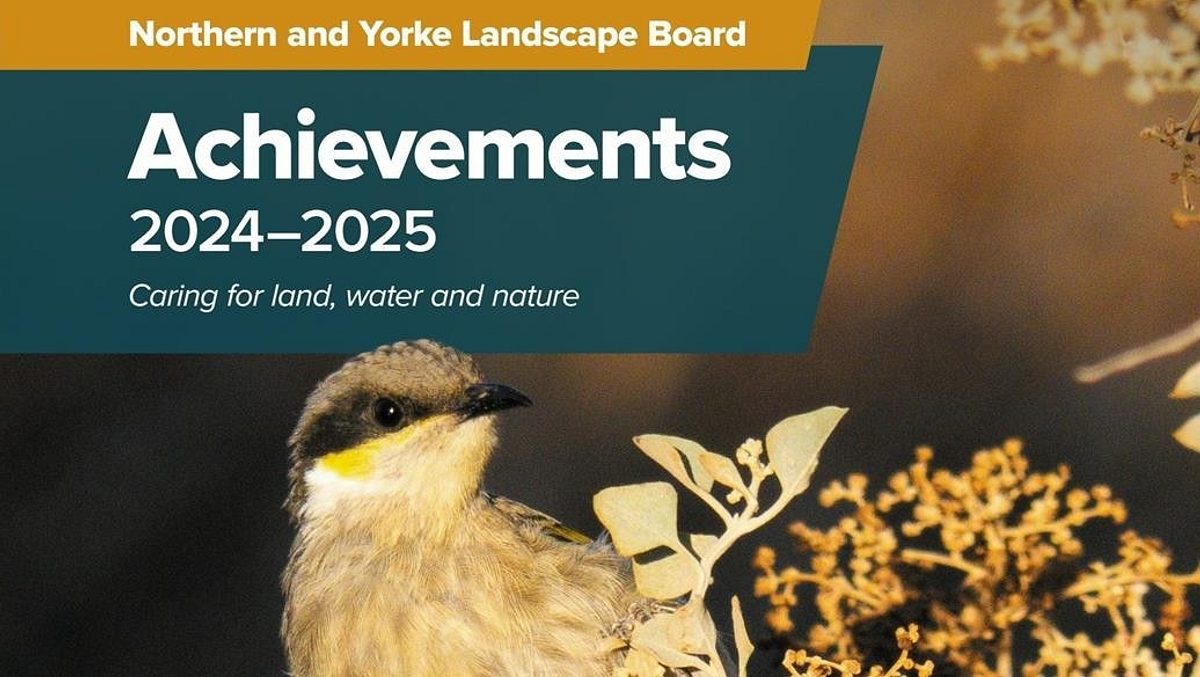Giant fight for tiny species in State’s Mid North

It may be small, but an endangered species of lizard found exclusively in South Australia’s Mid North is facing a giant battle for survival, with one expert saying it could be extinct within this century.
Conservationists, community and landholders are stepping up their efforts to keep the special little species around for the future.
The pygmy bluetongue lizard was already thought to be extinct, before it was rediscovered near Burra in 1992. Growing to less than 20 centimetres long, the skink lives only in remnant patches of native grassland that has not been cropped.
Nature Foundation science and knowledge project officer Dr Lucy Clive has committed almost a decade to learning and observing as much as she can about the “fascinating” little lizard that is endemic to the state’s Mid North. While it was once found as far south as Adelaide, the last documented sighting of a pygmy bluetongue in the south was at Marion in 1956.
“This little skink lives in spider burrows built by trapdoor spiders and wolf spiders – they don’t build their own habitat, they’re like squatters really,” Lucy said. “It has a very limited habitat and the range of species goes only from north of Jamestown, Peterborough area down to Kapunda in the south.
“The Mid North around Burra is the core habitat species range and they live in these tiny little patches of habitat on grazed properties – predominantly sheep-grazed properties, but we’ve found a couple also on cattle grazing properties.”
Lucy said despite its harsh environment, the pygmy bluetongue had so far shown great resilience.
However, the outlook was somewhat bleak.
“Climate change is the number one threat for the northern species up near Jamestown whose population will probably begin declining first and extinction is predicted within this century,” Lucy said.
“It is very challenging for the Pygmy Bluetongue, but the fact that we find them in areas of degraded habitat, including cattle properties where hard hooves can destroy the spider burrows, with some lizards still hanging in there, is amazing. They are a gutsy little animal, doing the best they can, but they do have their work cut out for them.”

One potential conservation strategy for the future is to move northern populations further south into more “hospitable habitat”, however finding remnant grasslands suitable is another major challenge.
The pygmy bluetongue recovery team is currently looking for possible locations for population relocation. An integral part of managing the survival of the pygmy bluetongue species is recording base data, which has not currently been documented.
When Lucy first began researching the pygmy bluetongue lizard as part of her Flinders University PhD in 2015, it was noted that the population was showing signs of possible decline. However, without any baseline data on the population, it was difficult to determine if it was a trend of decline or simply a seasonal pattern.
With assistance from a Northern and Yorke Landscape Board Grassroots Grant, Nature Foundation and the pygmy bluetongue recovery team have been able to lead a ‘Lizard Crawl’ event to survey lizard numbers, with help from Nature Foundation members and volunteers.

Much of the work is being done at the Nature Foundation’s 85-hectare Tiliqua Nature Reserve, 10-kilometres north east of Burra, and also on private land nearby.
“We don’t actually know how many lizards there are, so hopefully with time, by doing these surveys, I’ll be able to come up with a population estimate,” Lucy said. “It will be amazing for the conservation of the species once we actually know how many populations we have, how big they are, are they breeding or are they not.
“All of that information is so important, it’s like the base level of information we need to be able to manage the species at that top level. It’s really like the building blocks for conservation and hopefully helping us to detect declines before they get to critical stage.”
Lucy said the Northern and Yorke Landscape Board's Grassroots Grant funding had been “vital” in enabling the surveys to be initiated, and was an integral step in moving conservation of the species forward. Despite having a battle ahead, Lucy was confident the little lizards had a strong team behind them, trying to give the species the best chance of survival.
“While I don’t have a super-positive message for the future of the pygmy bluetongue, we do have a really strong recovery team including Zoos SA, the Landscapes Board, landowners and Flinders University researchers – to name a few - and everyone is committed to do what we can to hopefully help the species,” she said.
“These really are my favourite little species and I love them so much, I could talk about them all day and bore people’s ears off, but I like the weird and wonderful and find these little guys just so fascinating.”
Inspired to take action for the sake of our environment? Our Grassroots Grants program is now open and offers up to $10,000 for on-ground, research and educational activities to improve the health of landscapes in the Northern and Yorke region.


